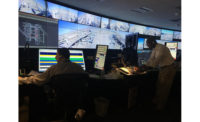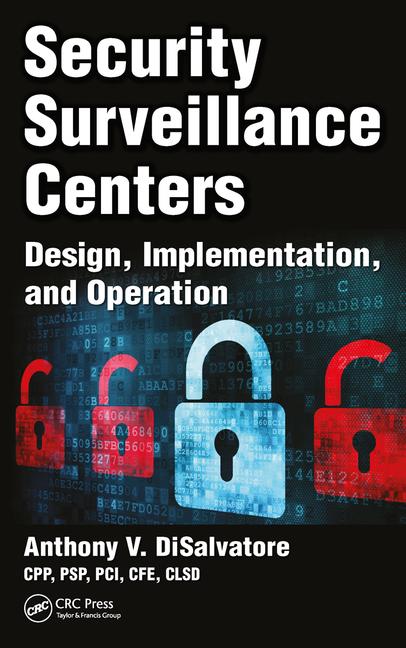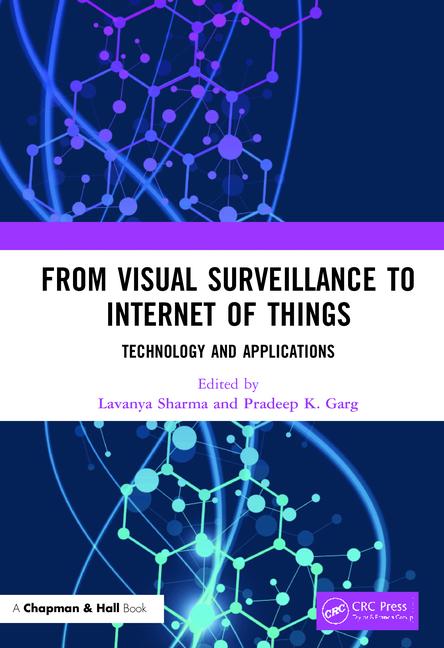An important function of alarm association membership is that members stay informed about important issues and practices that affect them. It is a widely accepted fact that our industry trade associations have as members only 10 percent of all of the security companies in the U.S. and Canada. The fact is, the only effective way to reach the other 90 percent of companies is through the third-party monitoring arm of the industry — and that is exactly the mission that many of these companies have taken on.
Many of the 90 percent are small companies and many don’t have the resources to produce professional end user materials and some may not even have a website. Third-party providers are stepping up and providing such services, especially when it comes to literature or online availability of information.
Certainly companies should provide dealers with training specific to the practices and procedures of their company. They should also use the full capabilities of their monitoring software to increase revenue for both the dealer and the central station. With most unnecessary alarm activations being caused by user error, have you considered a training program to teach technicians how to train customers?
The Security Industry Alarm Coalition (SIAC) has a free customer education program that includes PowerPoint presentations and sample customer materials. SIAC is also a source for many other materials, as is the Alarm Industry Research and Educational Foundation (AIREF). AIREF funds key studies that refute many of the misconceptions promoted by organizations outside the electronic security industry.
It may seem difficult to enforce non-required monitoring policies, but every central station should be employing the ANSI/CSAA-CS-V-01 (ECV) standard for two-call verification on all intrusion signals. If dealers are properly educated on ECV and the benefits, it will be easier to bring more dealers on board. Those central stations that have made it a requirement reported that they did not lose a single dealer in the process. SIAC can help you develop materials that fully explain the verification process.
Another less frequently addressed topic is ANSI/SIA CP-01 Control Panels. They are an industry standard reported to deliver 40 percent fewer signals to the central station. Fewer signals not only mean fewer dispatches; they also make the central station more efficient.
Over the past 30 years, equipment and services in the contract monitoring industry have evolved. However, the monitoring segment continues to take on the lion’s share of responsibility for reducing alarm dispatches, and this probably won’t change in the foreseeable future.
We can also count on new responsibilities in the future.
Thirty years ago we averaged more than three dispatches per system installed. Today, with more than 36 million systems in place, we estimate the average dispatch rate is about 0.9, with residential down to nearly 0.2 or only one dispatch every five years — incredible!
We also know that where ordinances are in place and enforced, 90 percent of permitted systems have no dispatches in any given year and 8 percent have only one dispatch.
SIAC has worked hard to develop and implement best practices for dispatch reduction into alarm ordinances, but many dealers and contract central stations have also worked hard at putting these practices in place. For this we salute everyone in the monitoring industry and, in particular, those on the contract side.
SIAC is a 501(c)(6) not-for-profit corporation governed by the Electronic Security Association, Central Station Alarm Association, Security Industry Association, and CANASA; it is funded entirely by donations from the industry.
For information, visit www.siac inc.org and www.airef.org.









